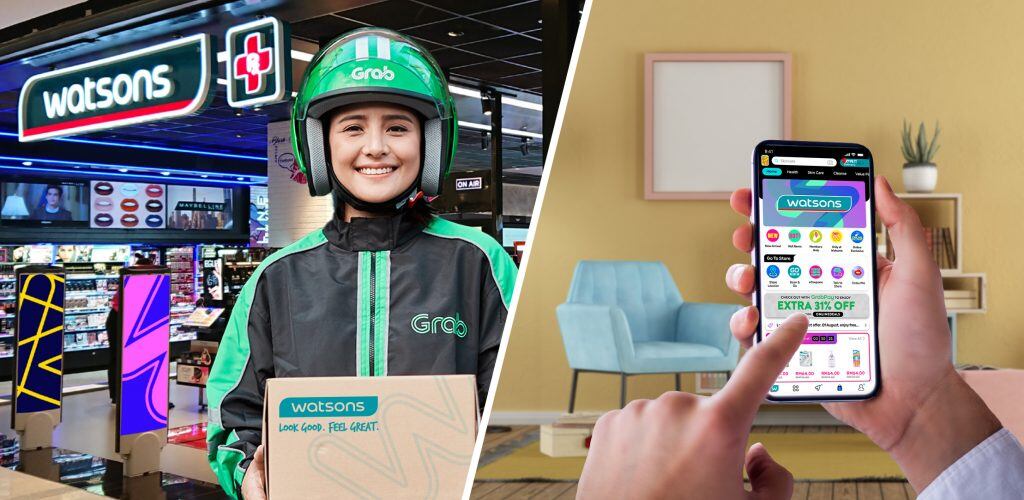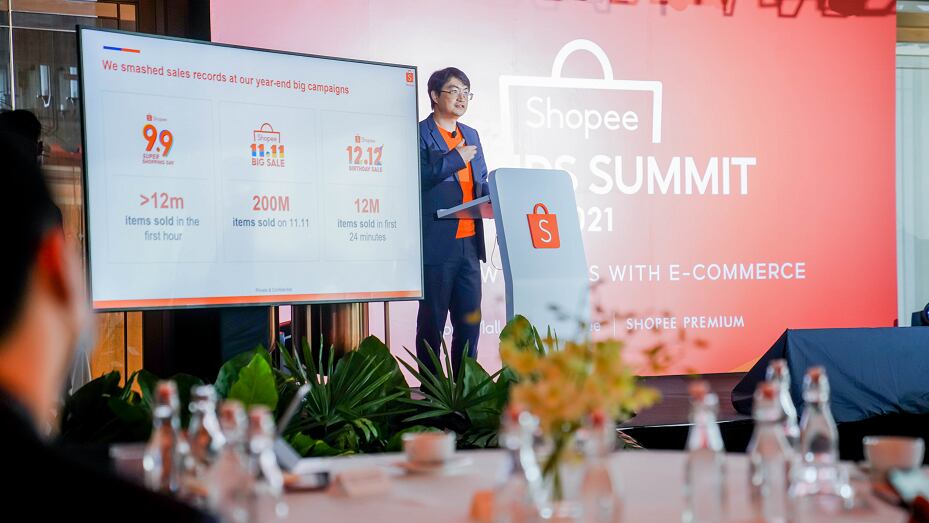For the firm, retailing today is all about the O+O shopping experience. Said Freda Ng, Watsons International’s chief digital officer, who stressed this was not the same as online to offline (O2O).
“O2O refers to driving customers from one channel to another but online and offline is not a ‘either or’ as what customers demand is a seamless and all-rounded shopping experience.”
She added that the Hong Kong-headquartered company firmly believes an integrated O+O model suits its consumers’ needs better.
“O+O is the new retail standard, which means seamless integration of offline and online shopping experience, powered by big data and artificial intelligence. In simple words, O+O is about using digital to make it easier and more enjoyable for customers to shop anytime, anywhere,” said Ng.
The focus on the O+O strategy allowed the firm to overcome the retail challenges brought about by the COVID-19 movement restrictions.
While the sudden surge in online orders and demand has stressed many retailers’ capabilities, Ng said it was able to adapt quickly, resulting with orders and sales doubling in 2020.
“O+O has been a core strategy of A.S. Watson and now it has become more important than ever because of the pandemic. Our strong O+O capabilities have enabled us to fast-track the implementation of cloud technology for e-commerce so that we’ve been capable of handling the rapid and exponential growth in traffic.”
What’s next?
The firm believes an integrated O+O shopping experience will continue to influence the digital trends in the retail industry in 2021.
As a result of the uncertainty caused by the pandemic, Ng highlighted that consumers were becoming more emotionally demanding in terms of relevance, care, and personalisation.
To stay close, retailers can leverage on a host of digital tools to engage their consumers. One of the tools that have gained importance in the past year and will continue to be vital is livestreaming.
“It enables in-store specialist to give more context about the products, gamified shopping experience that bring in fun element, more personalised touch to build emotional bonding and increase sales,” said Ng.
Another need that has risen because of the pandemic is the augmented reality (AR), which as applications in cosmetic testers for instance.
“AR will continue to gain traction in retail. As customers are now more conscious about safety, AR gives a timely option for them to try on the products virtually instore or online before checking out,” said Ng.
Additionally, retailers can utilise smart retailing solutions like artificial intelligence (AI) to enhance the personalisation aspect of retail which has become increasingly important.
“Customers increasingly prefer brands that make them feel valued and unique. Using artificial intelligence, personalised offers, product recommendations and communications can be tailored to individual customer and location, be it online or offline.”
Ng added that store service will need to be backed up by virtual reality which neatly brings together the O+O experience.
“Our customers like shop-in-store technology which brings a hybrid O+O shopping experience. E-commerce customers are connected to a beauty advisor at the store and given real-time personal product advice and recommendation.”
Lastly, the company expects the demand for deliveries that are expedited in hours instead of days to increase.
Using its stores as hubs for ‘e-picking’, Watsons is able to complete deliveries in under two hours.
“In the past, one to two days delivery was considered fast. In some remote locations, deliveries could take even longer. With an extensive store network, we have the unparallel ability to drastically lead time to a matter of hours by using nearby stores as the fulfilment centre. Very soon, customers will no longer settle for a long delivery lead times,” said Ng.





